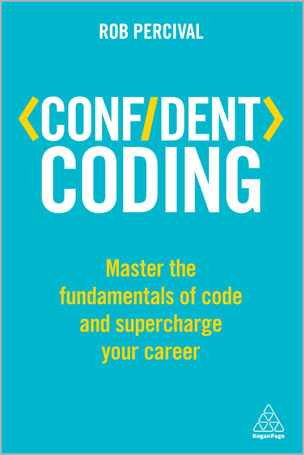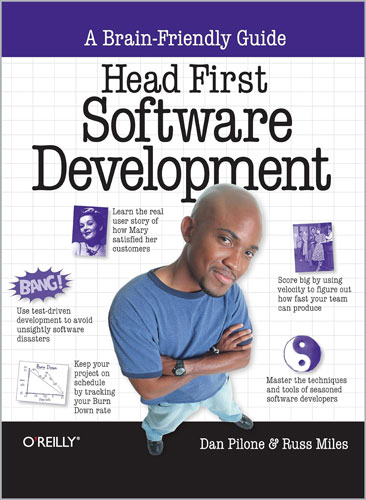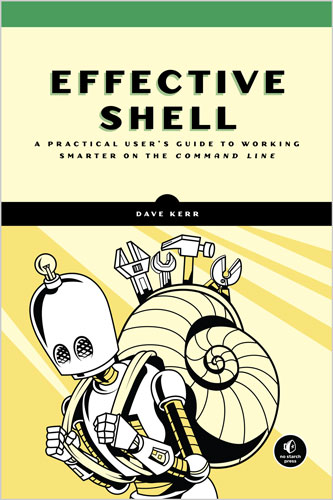How Effective Requirements Writing Can Save the Day
George Koelsch

#Software
#Hardware
Learn how to create good requirements when designing hardware and software systems. While this book emphasizes writing traditional “shall” statements, it also provides guidance on use case design and creating user stories in support of agile methodologies. The book surveys modelling techniques and various tools that support requirements collection and analysis. You’ll learn to manage requirements, including discussions of document types and digital approaches using spreadsheets, generic databases, and dedicated requirements tools. Good, clear examples are presented, many related to real-world work the author has performed during his career. More importantly, you will learn how these techniques can prevent the problems that occur during requirements development. Most of all, you will learn how good requirements governance will greatly increase the success of development projects by getting all people involved to eliminate the adverse impacts to requirements throughout the development lifecycle.
Hardware and Software Projects Troubleshooting covers techniques for defining user needs, so you can determine which combination of approaches to use for your projects. You’ll also learn how to analyze the different development methodologies so that you can determine the advantages and disadvantages of different requirements approaches and implement them correctly as your needs evolve. Unlike most requirements books, this one teaches writing both hardware and software requirements because many projects include both areas. To exemplify this approach, two example projects are developed throughout the book, one focusing on hardware, and the other on software.
You will:
- Focus on how to eliminate or mitigate requirements problems
- Understand the 14 techniques for capturing all requirements
- Address software and hardware needs; because most projects involve both
- Ensure all statements meet the 16 attributes of a good requirement
- Differentiate the 19 different functional types of requirements, and the 31 non-functional types
- Write requirements properly based on extensive examples of good ‘shall’ statements, user stories, and use cases
- Employ modelling techniques to mitigate the imprecision of words
- Install requirements governance to significantly improve project success
Table of Contents
Chapter 1: The Importance of Requirements
Chapter 2: What Makes a Good Requirement?
Chapter 3: Specialized Language
Chapter 4: Functional Requirements
Chapter 5: Nonfunctional Requirements
Chapter 6: lists of Items and the Order of Steps and Data Elements
Chapter 7: Data Interfaces and Documents
Chapter 8: Physical Requirements
Chapter 9: How to Collect Requirements
Chapter 1 0: User Interface Requirements
Chapter 11: Managing Requirements
Chapter 12: Supplementing or Replacing Standard Requirements
Chapter 13: User Stories
Chapter 14: Use Cases
Chapter 15: The Proper Way to Define Requirements Governance
Chapter 16: Revisiting Requirement Problems and Their Solutions
Appendix A: Acronyms and Abbreviations
Appendix B: Requirements Documents
Appendix C: Section 508 Compliance
About the Author
George Koelsch was a systems engineer who retired to West Virginia. He started writing requirements 47 years ago while in the US Army and had continued that work for his last 33 years as a contractor for the Federal Government. He became an efficiency expert during a five-year stint as an Industrial Engineer at Michelin Tire Corporation, and he then applied that new skill to system engineering to tailor the lifecycle development process. He was among the first requirement engineers in the DC metro area to employ such a technique. Koelsch has authored more than ten non-fiction articles on computers, coin collecting, stamp collecting, and high-energy physics. This is the second time he has combined his two passions, system engineering and writing.









